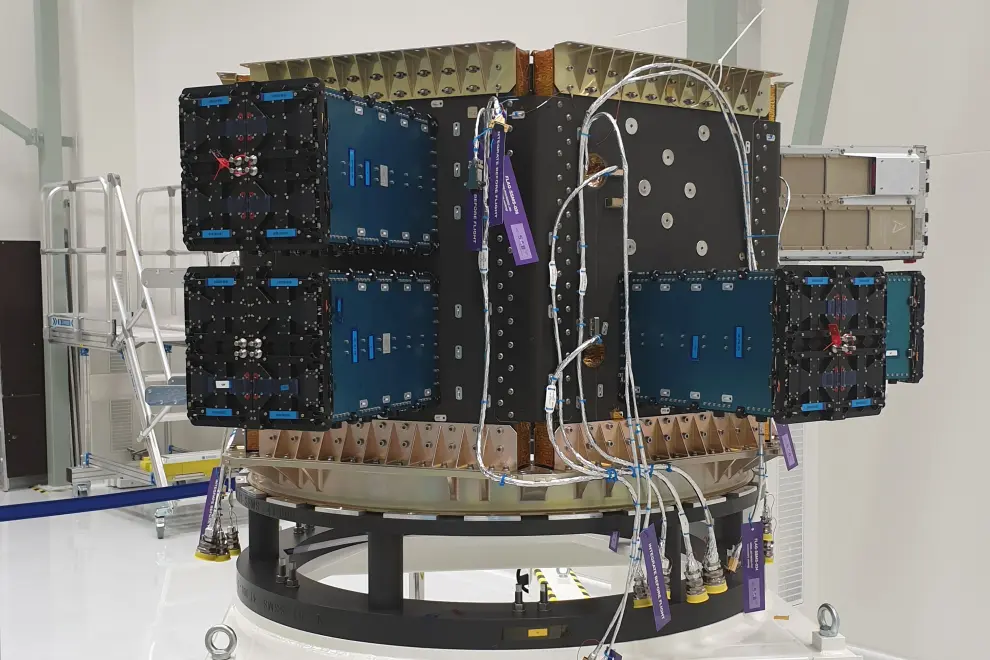First Slovenian nano-satellite ends its space mission
The first Slovenian nano-satellite Trisat, developed by experts at the Maribor Faculty of Electrical Engineering and Computer Science and the company SkyLabs, has ended its mission a bit earlier than planned, but the University of Maribor says it has made a great contribution to science.
According to the calculations of its electronic and information systems lab, the satellite burned somewhere above Africa on 29 September.
"We said goodbye to the Trisat nano-satellite with pride," the University of Maribor announced on 7 October, adding that Trisat earned Slovenia the title of a "space nation", being the first nano-satellite completely designed, created and assembled in the country.
The satellite launched into space on 3 September 2020 using the VEGA rocket. It was originally planned to stay in space until 2025.
Because the satellite was in Earth's low orbit, it was affected by many factors, notably the extremely thin atmosphere with gases that slowed it down.
The satellite was launched during a period when the Sun's activity is the lowest and there are the fewest sunspots. In the last year the number of sunspots and solar flares increased rapidly, which led to the upper layers of the atmosphere heating up and rising, thus increasing the air resistance affecting the satellite.
The life expectancy of the satellite shortened significantly and Trisat left its orbit a year before it was originally planned to.

Trisat satellite. Photo: University of Maribor
"We are saying goodbye to the small Slovenian object in space that absorbed more than 15 years of research and development of a very motivated team and planted a technological seed for a brighter future in R&D as well as in business and education, as it made Slovenia recognisable to important players in space," the head of the Trisat project, Iztok Kramberger, commented.
Despite a shorter life span, Trisat made key contributions to the future development of Slovenian space technologies and represents an important milestone in Slovenian science, technology and economy.
"The Faculty of Electrical Engineering and Computer Science and the company SkyLabs developed disruptive technologies to push the limits of miniaturisation at the global scale and set foundations for new opportunities," the university said.
The Trisat project team is already working on new missions. "The success of the Trisat mission encouraged us to take on more daring projects," said Kramberger.
Their second satellite, Trisat-R has been exceeding expectations for more than two years in one of the most radiologically challenging environments, he added.
The third one, Trisat-S is expected to launch into extremely low orbit early next year.


